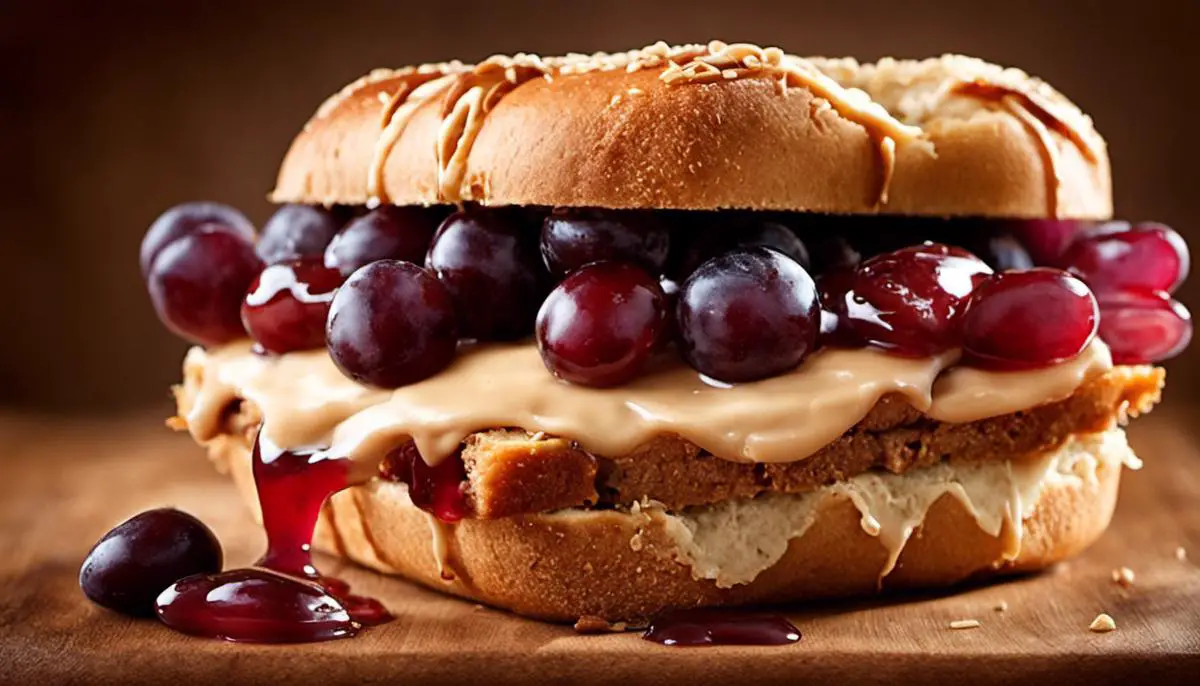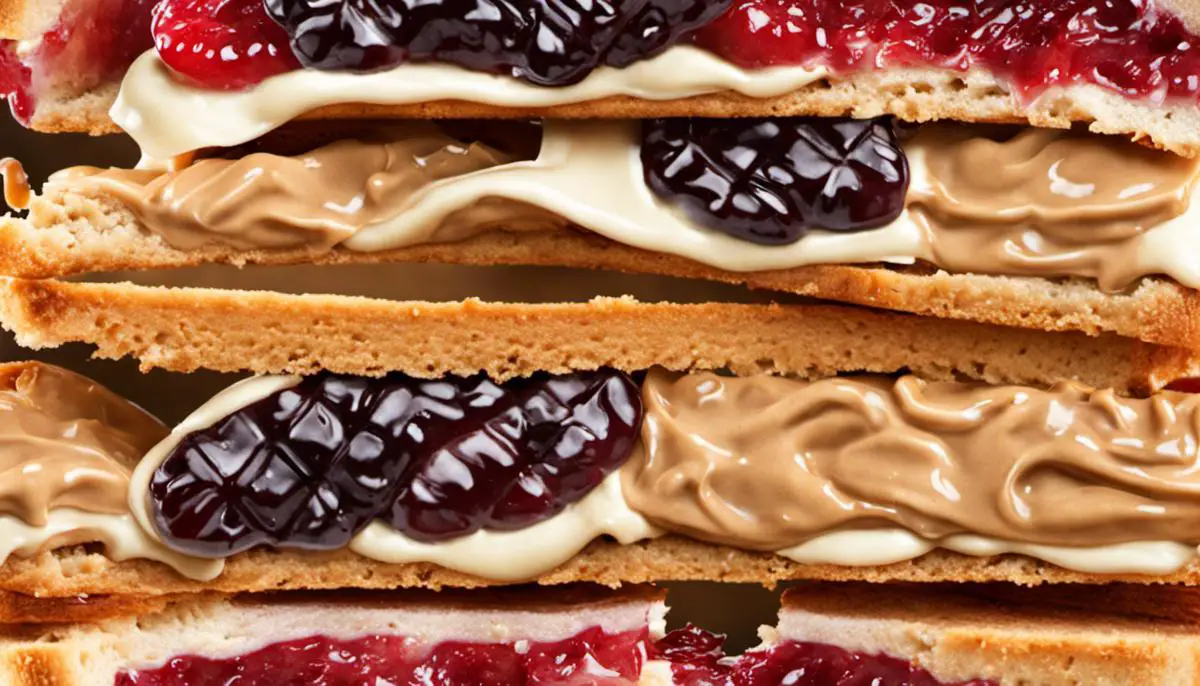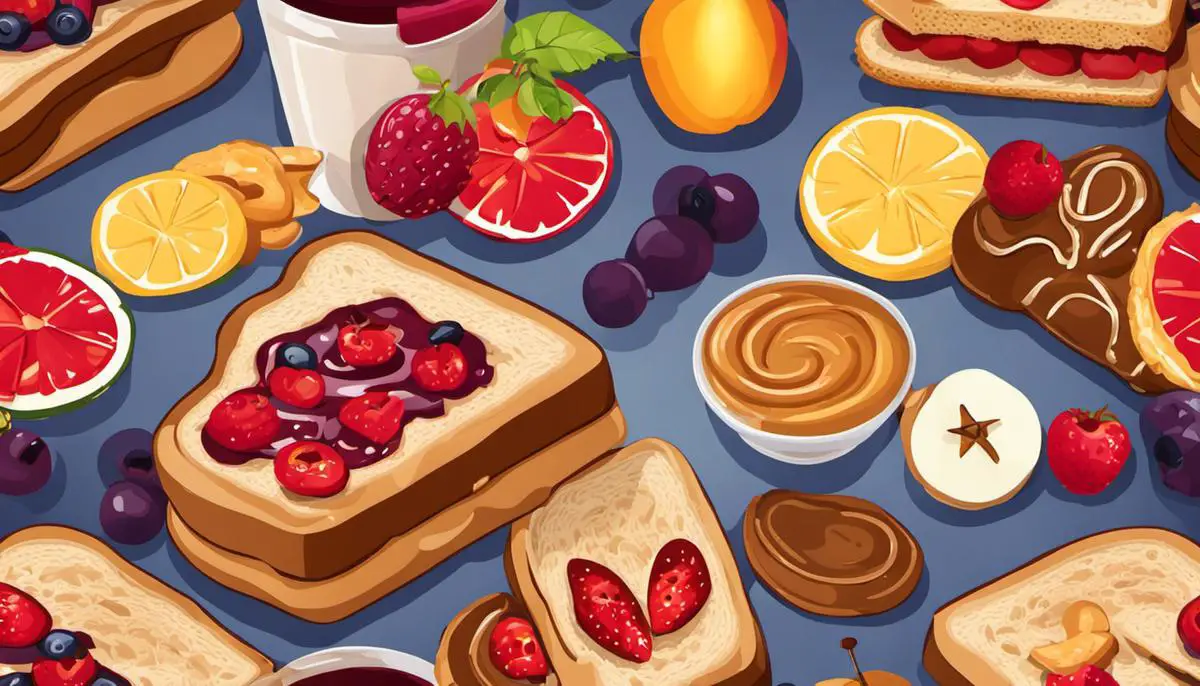The life of an adult often revolves around finding healthier lifestyle options, and the kitchen plays a significant role in this journey. A seldom-discussed yet meaningful aspect in the pursuit of health and fitness is the utilisation of kitchen utensils. The role of kitchen tools extends beyond their basic functionality to impact our dietary habits and lifestyles. Whether it’s about controlling portion size, making healthy cooking easier, or encouraging mindful eating, the choice of utensils holds incredible significance. This discussion brings to light the underplayed kitchen-fitness relationship and how you can leverage it to reap maximum benefits.
Utensils and Your Diet: A match made in the kitchen
Shaping up Your Fitness Goals: Could Your Utensils be the Game Changer?
Hey, all you fitness enthusiasts out there! Ever thought those table companions like forks and spoons could make a significant difference in controlling your calorie intake? Utensils, yes, the ones you find in your silverware drawer, could be your new diet pals. They are sneaky, super-effective tools that could easily shape your diet and help smash those fitness goals!
The kind of utensils used while consuming meals greatly influence the amount and speed of food intake, hence affecting your diet and overall health. Here’s how, fine folks…
-
Portion Sizes and Calorie Control
Ever seen those colossal spoons and mega-sized forks at restaurants? Yes, they are not just there to ease your eating process but also cunningly influence you to eat more. Research suggest that using larger utensils often leads to eating larger portions, resulting in a higher calorie intake. However, using smaller utensils creates an optical illusion, making the meal appear more substantial, hence aiding portion control. The trick – opt for smaller utensils at home and request the same when dining out.
-
The Magic of Chopsticks
For those looking for a bit of exotica, chopsticks can be an excellent tool to control your eating speed. Unless you’re a chopstick savant, you’ll likely pick up much smaller bites and eat more slowly. This allows the stomach to send the ‘full’ signal to the brain in time, preventing overeating. Plus, chopsticks are great for strengthening hand muscles. How brilliant is that!
-
Slow Down with Dessert Spoons
Aerin’t desserts a weakness for most! While completely eviscerating desserts from your diet might seem impossible, using smaller spoons (think teaspoons or dessert spoons) can drastically reduce the quantity of intake. Smaller spoon = Smaller bites = Fewer calories consumed.
-
Hydrate! But Mind the Glass
Drinking water is essential for a fit lifestyle. But did you know the size and shape of the drinking vessel influence the amount of liquid intake? Taller, slimmer glasses give the illusion of more liquid. This can trick the mind into drinking more water, aiding hydration and health.
-
Salad Forks and Soup Spoons
Salad forks and soup spoons are again great tools for controlling portions. A salad fork allows you to take smaller bites, enabling slow eating and portion control. A soup spoon makes you sip slowly, aiding mindful eating habits.
So the next time you reach out for that knife and fork remember, these everyday tools can be your secret diet superheroes. Experiment with utensils, take control of portions, and notice the impact on those fitness goals!
Remember, diets don’t have to be boring, and fitness should not be daunting. Every little strategy brings you one step closer to your health goals. Now, who’s ready to go fork or chopstick shopping? Cheers to fit and fabulous days ahead!
Choosing the Right Utensils: Equipping your kitchen for success
Selecting The Right Utensils To Keep Your Kitchen Fitness-Focused
When it’s about maintaining a healthy lifestyle, the journey starts right from your kitchen. You train hard at the gym, but what steps are you taking towards a healthier cooking environment and eating habits?
Nutritious meals combined with the correct utensils can make all the difference. Here’s what to keep in mind whilst selecting tools for a fitness-focused kitchen, aside from those already mentioned.
- Instant Pot for Healthy Cooking
- Non-Stick Pans for Low Fat Cooking
- A Trusty Food Scale for Accuracy
- Portion Control Plates – A Visual Guide
- Measure Liquid Calories The Wise Way
- The Wonder of Spatulas and Tongs
- Swap Regular Straws for Silicone Straws
An instant pot ticks all the boxes for quick, healthy, and fresh meals. It’s multifunctional capabilities, from acting as a pressure cooker to a rice cooker, a sauté pan to a yoghurt maker, render it an excellent option for those keen on maintaining nutrition levels in their meals.
Investing in a quality non-stick pan can be a game-changer in the pursuit of a fit lifestyle. They allow you to cut back on the amount of oil used whilst maintaining the deliciousness of the dish, thereby reducing unhealthy fat intake.
This might seem a bit over the top, but a food scale can be instrumental in ensuring you’re consuming the right portion sizes. It helps keep track of your caloric intake, making sure you’re not unknowingly stacking up on unwanted calories.
If you’re not keen on the objectivity provided by food scales, consider portion control plates. These plates have marked sections for various food groups, making it easier to get an idea of how much of what food type your body needs.
In addition to mindful glass sipping, it’s crucial to keep an eye on the intake of liquid calories as well, and therefore a necessity to equip your kitchen with jugs having measurement markers.
Believe it or not, using spatulas or tongs instead of serving spoons can aid in reducing your serving sizes. They naturally pick up less food, helping control that portion size.
Regular straws might tempt you to gulp down those smoothies a tad bit quicker. Switch to silicone straws as they not only help slow down consumption but also prove to be an eco-friendly option.
And there you have ’em. Consider these additions when gearing up your kitchen for the fitness lifestyle you’re striving to create. Remember, it’s the small changes that end up making the most significant difference. Keep sweating, keep smiling, and enjoy the journey towards a healthier you!
Maintaining your Utensils: A hygiene matter
How the Upkeep and Selection of Your Kitchen Tools Impact Your Fitness Journey
So you’re fully committed to your fitness journey, smashing your workouts and loving the endorphin rush. But did you know the battle for a fit body doesn’t solely happen in the gym? It also happens at the kitchen bench. It’s not just what you eat but how you prepare it that can impact your overall fitness goals.
Let’s dive into some fun facts that’ll pretty much make you see your kitchen utensils in a whole new light.
- Ever contemplated about the virtue of a sharp knife? A properly sharpened knife isn’t just a pleasure to use—it can give you the satisfaction of creating pretty neat cuts of your fruits and veggies. The aesthetic pleasure derived from chopping can motivate you to include more of these nutritious delights in your meals. The less trouble it is to prepare, the more often you’ll find yourself reaching for the healthiest options available.
- When it comes to bowls and plates, their colour might have more effect on your fitness journey than you realise. Studies have shown that eating off contrast-coloured plates—think brown rice on a white plate—can actually trick your brain into believing you’ve eaten more than you have. It’s all about creating a visual dichotomy; sometimes, the mind is easily fooled, to the benefit of your waistline!
- On the note of food preparation, let’s talk blenders. Investing in a robust blender encourages you to whip up delicious, nutrient-dense smoothies that can act as perfect meal replacements. Plus, making homemade smoothies lets you control what goes in there, so you can sidestep those hidden sugars present in store-bought versions.
- Last but not least, let’s chat about the unassuming ladle. Serving soups and stews with a ladle instead of pouring straight from the pot helps you keep track of quantity, reducing the chances of overeating. Plus, soups and stews are typically low in calorie and high on nutrition, making them perfect companions on your fitness journey.
In conclusion, it’s not just about hitting the gym rigorously but also about sustaining a healthy lifestyle that starts right from your kitchen! It’s high time to transform your kitchen into a fit-friendly zone by taking closer attention to your kitchen tools and their cleanliness. A fit body is truly made both at the gym and in the kitchen!
When fully realised and adequately acted upon, the relationship between kitchen utensils and health can open doors to remarkable improvements in one’s fitness journey. Selecting the right tools, ensuring their diligent cleanliness and maintenance, and understanding their role in portion control can drastically impact your diet. It encourages healthier cooking practices, promotes mindful eating, and aids in achieving your fitness goals. Indeed, the journey to a healthier you could be as simple as making the right choices in your kitchen tools – a small but potent stepping stone on the path to healthy living.



